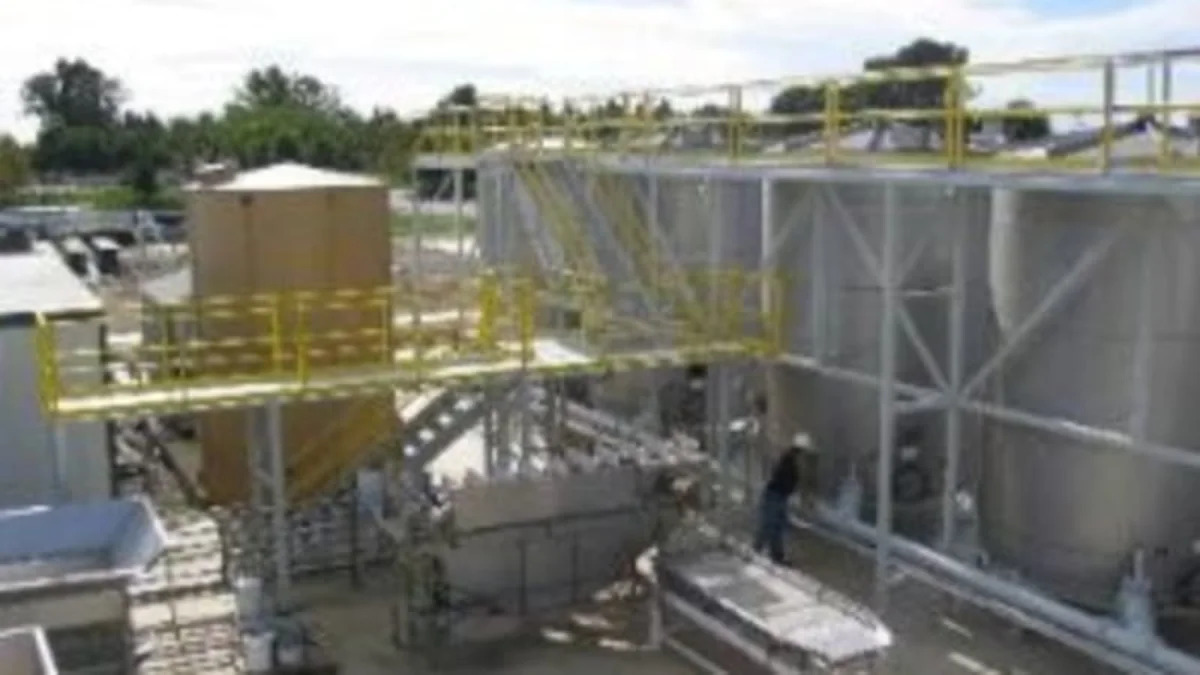The University of California - Davis has started up a new renewable energy demonstration facility. They will be trying to capture the energy that diners leave behind on their plates when they eat out at restaurants in the Bay area. The new Biogas Energy Project is the first large scale demonstration of an anaerobic phased solids digester. This concept was developed at UC-Davis by professor Ruihong Zhang specifically to process a wide range of waste products.
Food scraps will be collected from some of the finest restaurants in the area and processed at the new facility. Initially they will digest about eight tons of food a week eventually ramping up to eight tons a day. Leftovers like melon rinds, broccoli spears and fish bones will be turned into both hydrogen and methane, both of which can be used as energy sources. Most other types of digesters can only produce methane. All kinds of organic materials can be processed by this process which has been demonstrated on a small scale in the lab. If this larger demonstration works out, each ton of processed waste could generate enough energy to power ten homes for a day. The biogas could be used directly as a vehicle's power source or in stationary power generator to charge electric vehicles.
Onsite Power Systems is working with the researchers on scaling up this process. If it works out they are planning on developing and selling power production systems to waste-producers such as food processors, farms and dairies, and municipal green-waste collection programs. Click Read to see the full story from UC-Davis.
[Source: University of California - Davis]


Sign in to post
Please sign in to leave a comment.
Continue